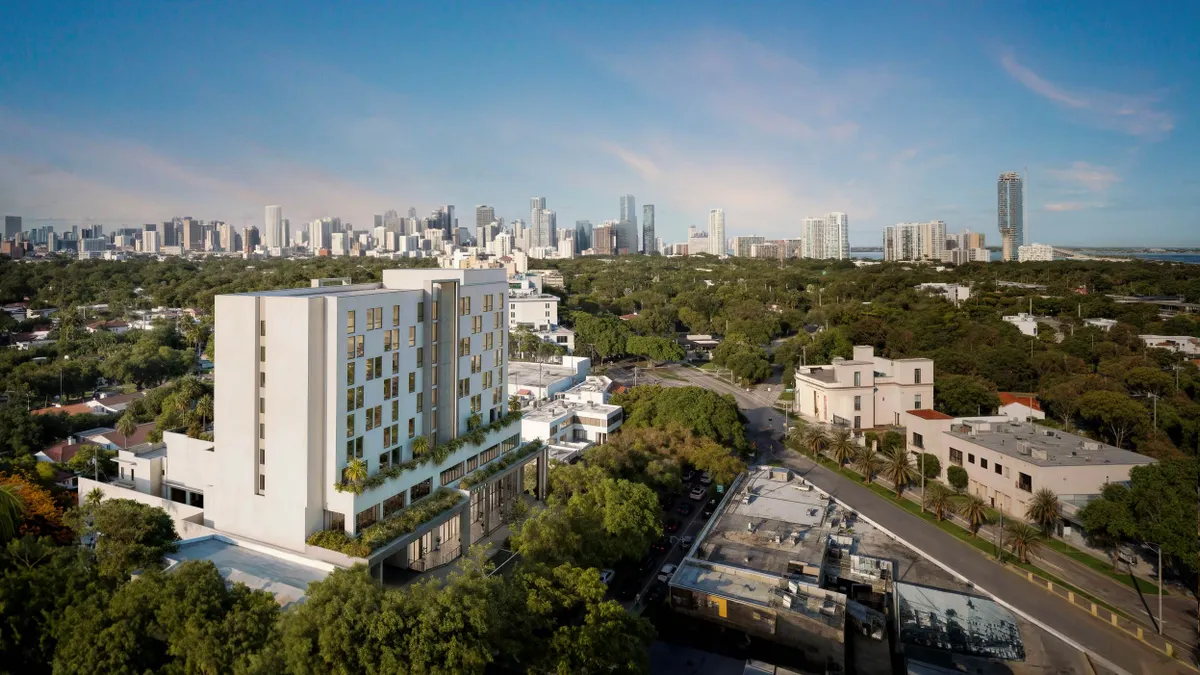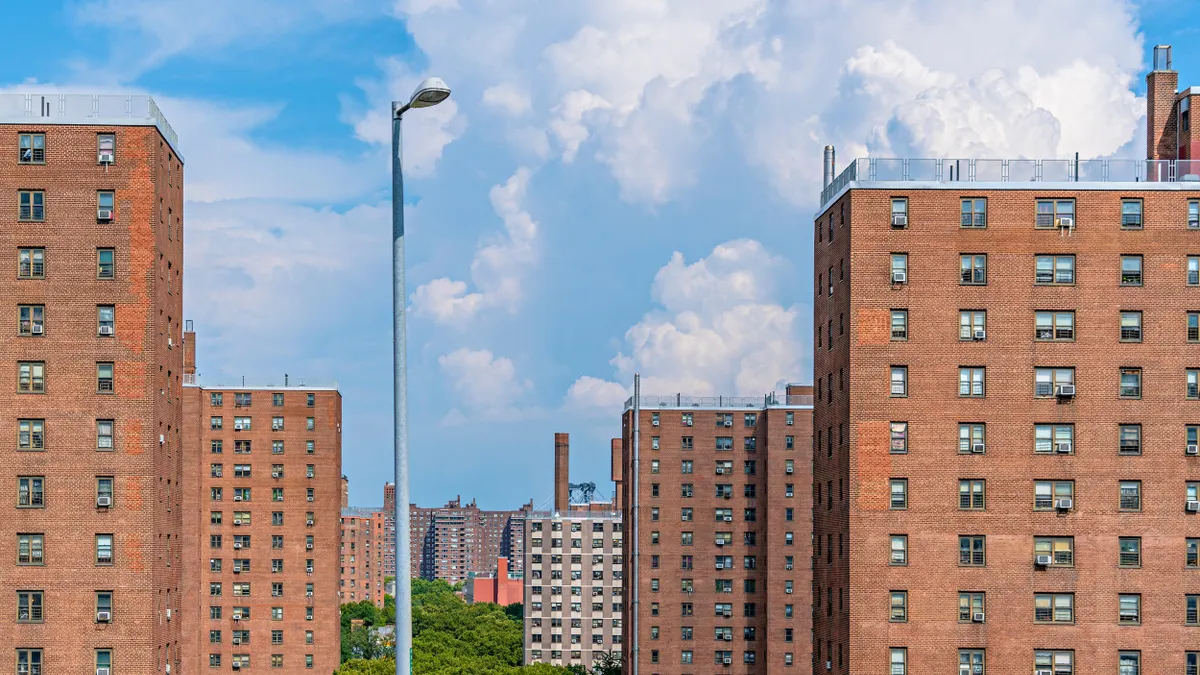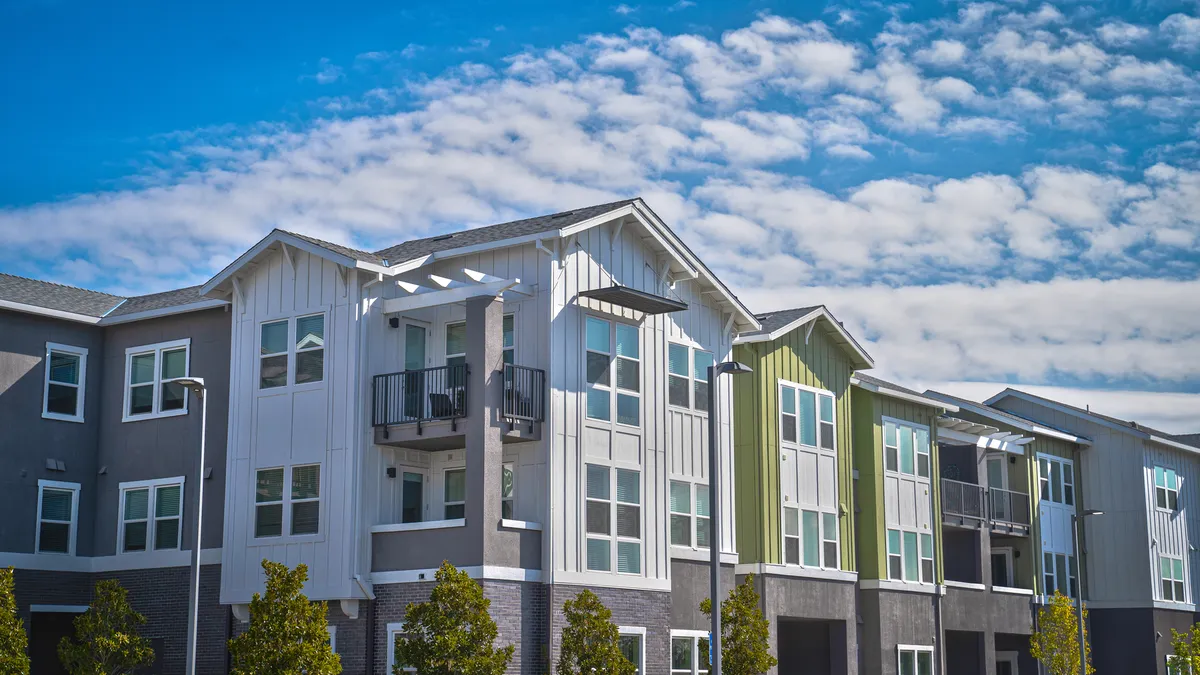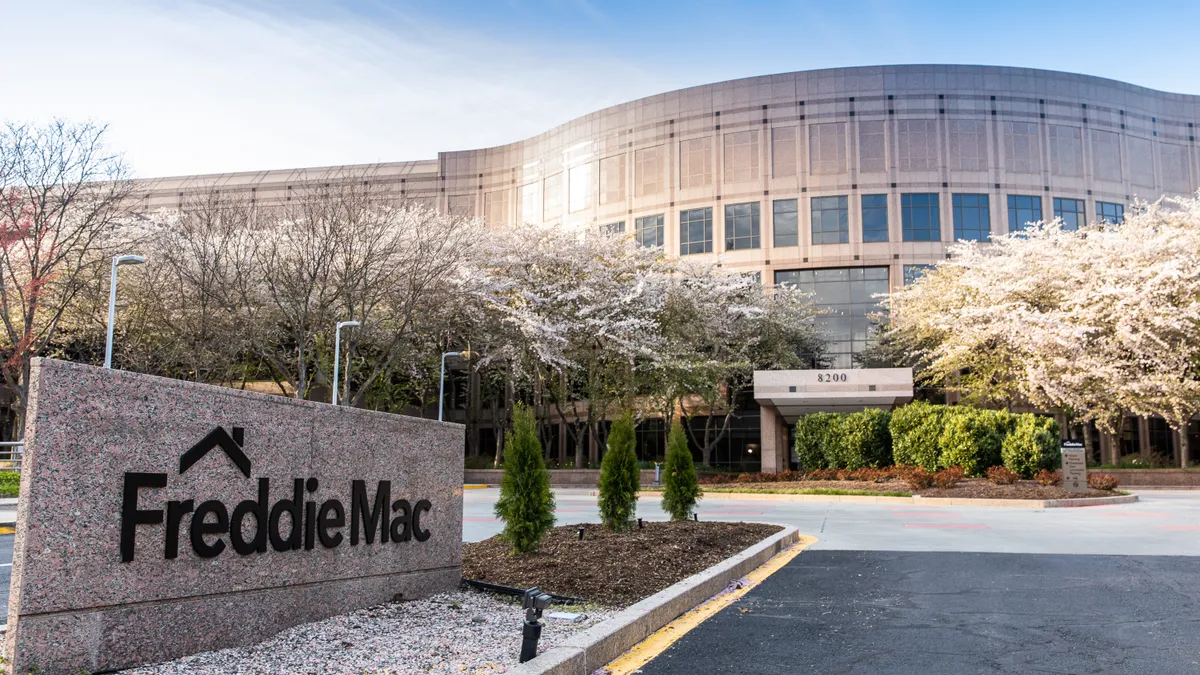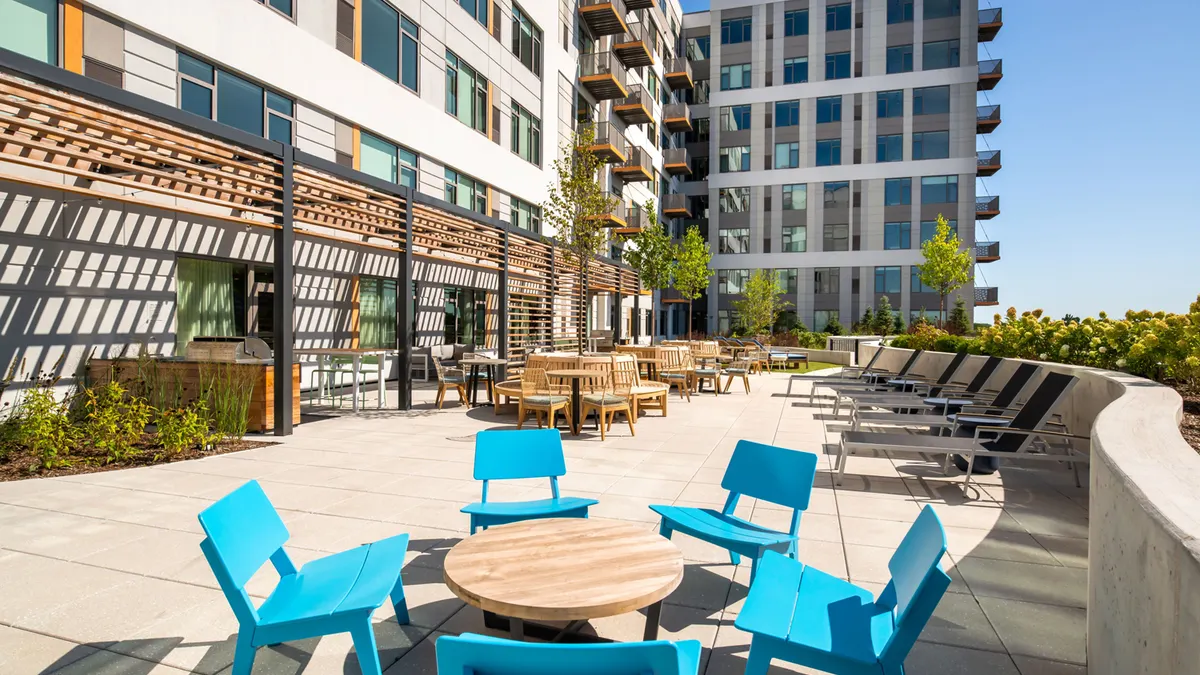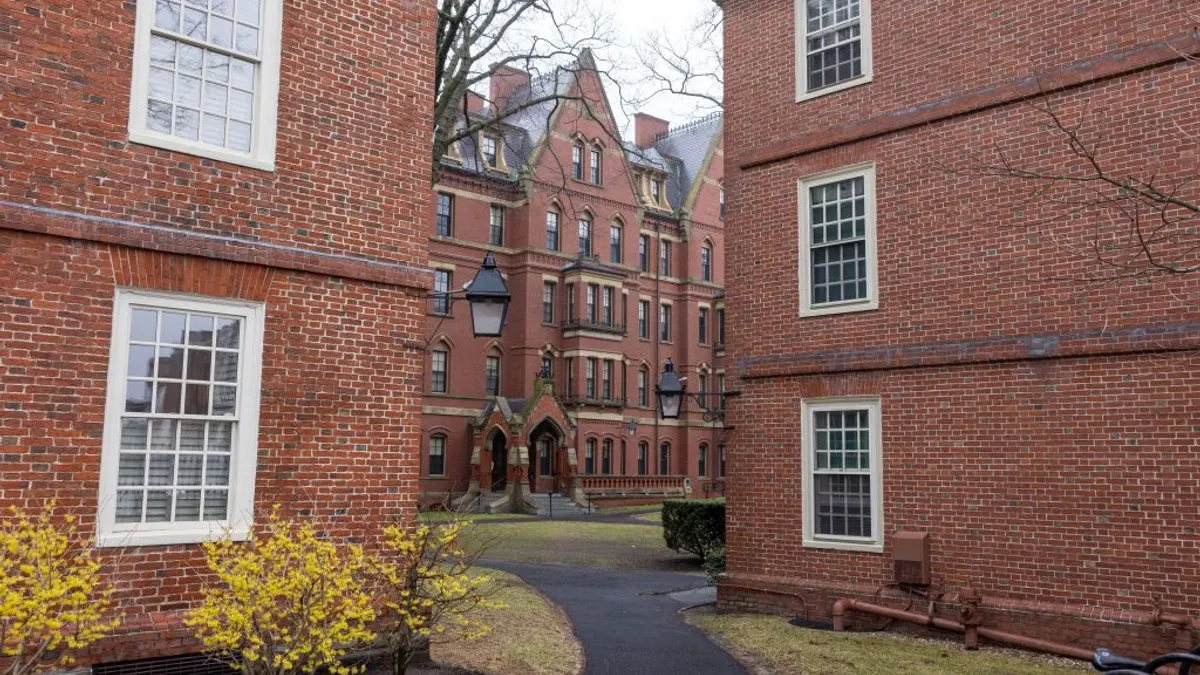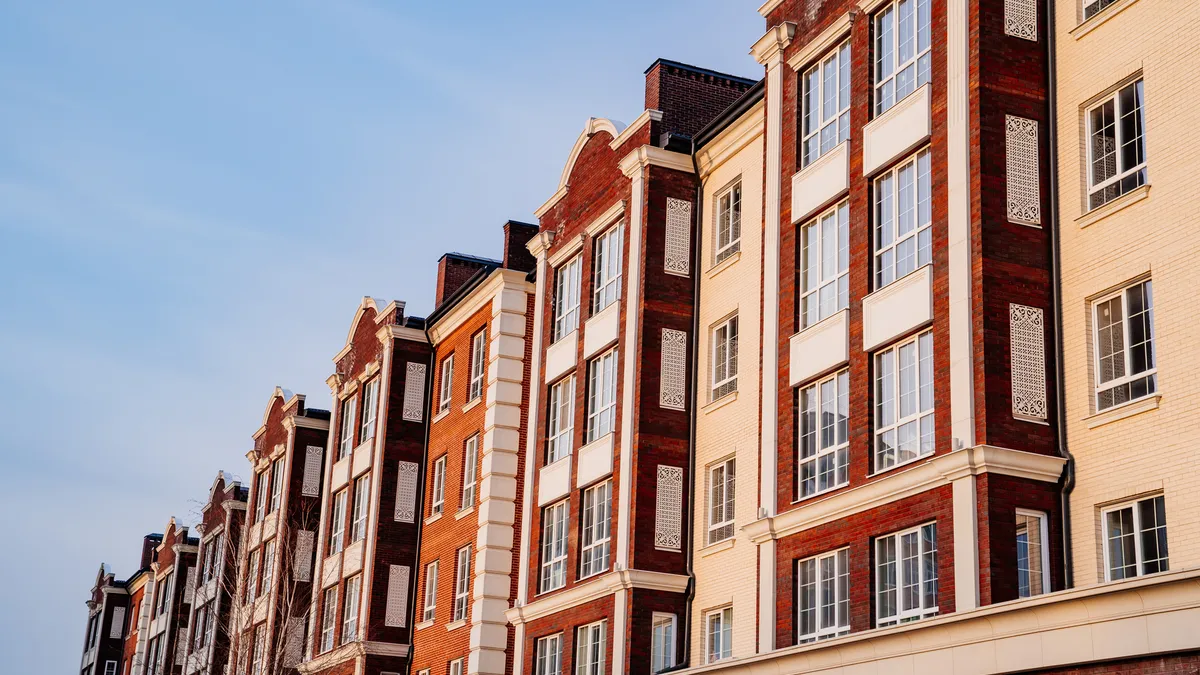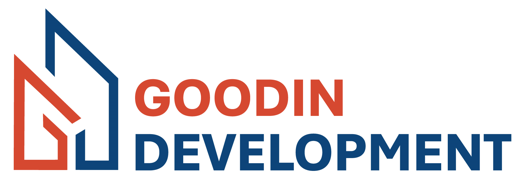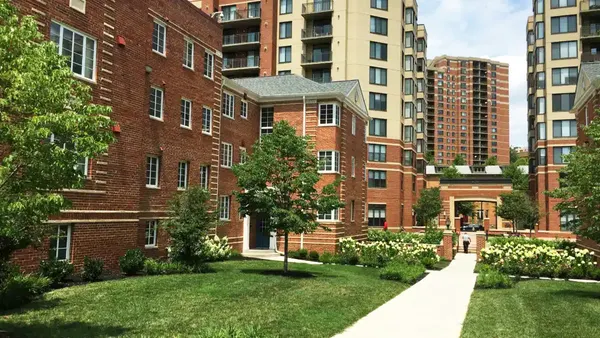South Florida has long had a reputation for being a boom-or-bust real estate market.
In the early and mid-2000s, developers built condominium projects throughout the area only to have demand dry up and units sit empty in the wake of the global financial crisis.
Rene Bello, the principal of Miami-based real estate development and investment firm BLDG Ventures, thinks the migration to South Florida during and after the COVID-19 pandemic could upend the cycle.
“We're still seeing a ton of folks moving down to South Florida,” Bello said. “We’re getting the benefit of migration from the Northeast. That capital migration is still strong.”
But that’s not enough to save the market from the current wave of concessions, which isn’t the traditional bust in the metro but is a near-term problem. “We saw this spike in rents six to 12 months back,” Bello said. “That was not sustainable.”
Bello has been in the business for 15 years and worked on the Miami World Center, a mixed-use development with multiple skyscrapers that includes a convention center, hotel, residential space and street-level retail. BLDG Ventures is currently developing a 148-unit mixed-use development called Atelier Residences in Miami.
“It has 15,000 square feet of amenity space,” Bello said. “So, think of ground-floor restaurants, a pool, gym, spa and the sauna — the things you would expect in a South Florida environment.”
Here, Bello talks with Multifamily Dive about labor, insurance issues and interest rates.
This interview has been edited for brevity and clarity.
MULTIFAMILY DIVE: How is the labor market in your area?
RENE BELLO: Back in 2020 and 2021, you would put out to bid on any trade — flooring, electrical, concrete and stucco — and you'd get between 10 to 15 bids on it. Now, as labor markets are tightening and costs have increased, it's becoming increasingly competitive. So what used to be 10 to 15 bids has now come down to between five and seven or eight bids.
What other issues are challenging development?
The other impact we're seeing, which has a direct impact on our underwriting, is the increase in land costs and insurance premiums. We're in a sensitive climate down here, and we're seeing that land costs have not decreased. Rents are coming down.

Insurance premiums continue to go up. We're seeing increases of anywhere between 15% and 20% in insurance premiums year after year. Over the last two to three months, we've seen a slight slowdown in rents, and we're also seeing concessions across the board to fill these units. So, the hustle and bustle that we experienced in the 2021 cycle has cooled down. It's making penciling developments a bit tougher.
How hard is financing new development?
Multifamily is tough to pencil out today because of the interest rate environment. The interest rates should come down, hopefully. We’ve been holding our breath now for quite some time, waiting for them to drop. Hopefully, on the back end, in Q3 or Q4, we should see some compression on those interest rates, which would free up a ton of capital.
What I'm hearing from our lenders is that multifamily has got to make a lot of sense. You’ve got to really have a good basis in the land now.
How have high interest rates impacted the market?
In the last few months, you saw a ton of activity in refinancing, which was interesting to me. You're seeing a lot of folks roll over that debt in anticipation of lower interest rate environments on the back end. That has increased lead times on the delivery of these projects.
You couple the interest rates and refinancing rollover, along with tariffs and pricing escalation, and it's going to get very competitive in the multifamily space. This might drag out for another six to 12 months, given the environment that we're in and the way that these projects are coming together with equity and debt.
You're seeing a lot of people who are going to wait and hold out and see where this lands. They want to understand what type of interest rate environment we're going to be in on the back end of 2025 and into 2026.
How will things improve if rates fall?
Once we see that interest rate come down, I believe that you're going to have a flurry of refinancing, both on land and on stabilized assets, to permanent debt financing. There will be a flurry of activity, especially in the middle markets.
Middle markets, back in the day, were $10 million to $20 million. Now they’re somewhere between $50 million and $100 million. That $50 million to $100 million middle market is where we're seeing margins pencil out.
Above that, in the $100 million-plus range, where you're looking at developments of 300 units or more, we're going to see a compression. We’re going to see a rolling over of debt in that upper market tranche.
Are there segments of multifamily where you’re seeing more activity?
In lower-income housing, we're seeing a lot of activity in that space, mainly because of some of the subsidies that kick in. You have the low-income housing tax credit market that comes into play when you're looking at these lower-income and workforce housing options.
Click here to sign up to receive multifamily and apartment news like this article in your inbox every weekday.


